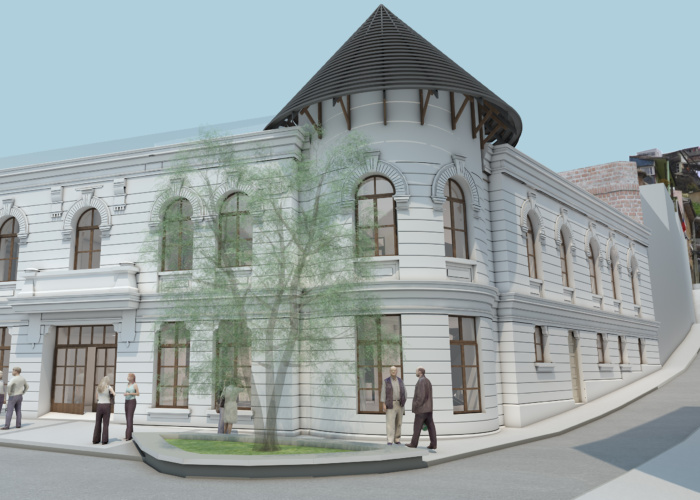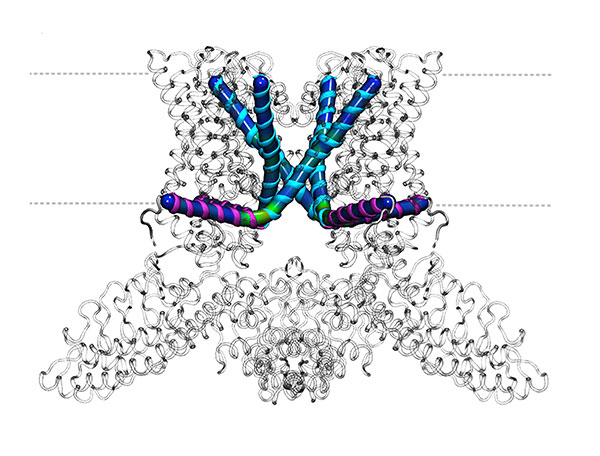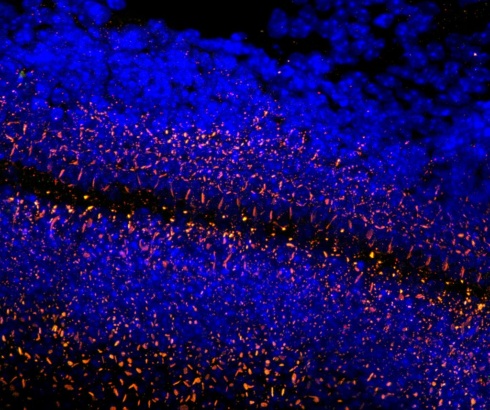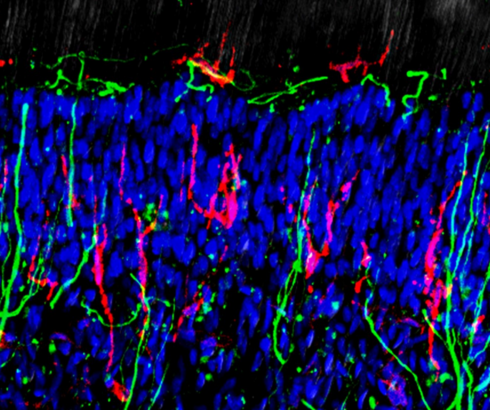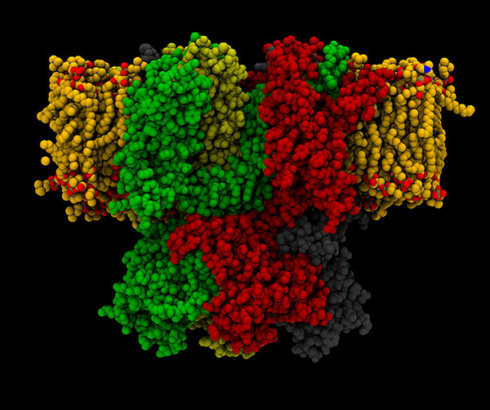Milennium Project (2011 – 2021)
Research Lines
The CINV is dedicated to answering the question of how does the nervous system respond to stimuli in health and disease? We work in understanding molecular sensor biophysics, cell-cell communication and nervous system development and function, using an armamentarium of techniques that include electrophysiology and imaging, genetic manipulation in vitro and in vivo, and molecular simulations in drug discovery. The availability of biological models such as the nematode Caenorhabditis elegans, the fly Drosophila melanogaster, the zebrafish Danio rerio and the squid Dosidicus gigas as well as rodents, are essential to uncover principles that govern our senses and the subsequent responses to stimuli in health and disease.
Line 1: Structure and function of molecular sensors
Like antennas capturing the signals that arrive from the external world, ion channels transform the energy contained in different stimuli into the mechanical energy necessary to open the conductive pore. It is the dissipation of the ionic gradients through these conductive units that then causes the changes in membrane potential that are critical for nervous system function. We are interested in how, from a molecular point of view, the different types of energy contained in electrical, thermal, and chemical stimuli are transformed into mechanical energy that open the pore.
Line 2: Cellular signaling
We study the mechanisms involved in autocrine and paracrine cell-cell communication. Of particular interest are plasma membrane channels that allow the exchange of signaling molecules, and trafficking processes that determine the discharge of neurotransmitters or the surface expression of receptors. Deregulation of these mechanisms results in different types of neurological ailments, revealing that they are good molecular targets to reduce or avoid the manifestation of various diseases of the nervous system.
Line 3: Genetics and development of the Nervous System
We investigate how environmental and genetic factors impact the development and function of the nervous system using the nematode C. elegans, the fly D. melanogaster and the fish D. rerio. We also study the functioning of the circadian rhythms, which determines the physiology and behavior of organisms.
Line 4: Systems and circuits Neuroscience
We study the neurobiological basis of sensory processing, cognition and behavior, focusing on intercellular communication and neural computation that underlie circuit function in health and disease.
Line 5: Computational biology and molecular simulation
By means of mathematical and statistical models, we study the properties and molecular dynamics of key elements in neuronal circuits that is the basis of our behaviors.
The CINV aims to continue contributing to science, education and culture in the city of Valparaíso. One example of the commitment of CINV to the city is the rescue of the emblematic “Juan Ignacio Molina” building, located in La Matriz neighborhood at the heart of a UNESCO World Heritage Site. The reconstruction of this patrimonial building and its repurposing as the CINV Science Center will foster our efforts to reconnect with the community as science educators and advocates. The building will serve as a forum for discussion and exchange of ideas between academic professionals, students, neighborhood organizations and tourists and in that way contribute to revitalize Barrio Puerto, one of the most historically rich yet financially impoverished places in Valparaiso.
